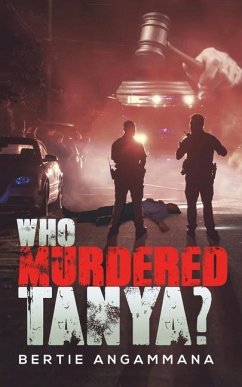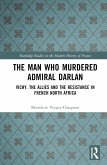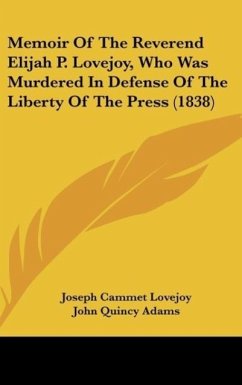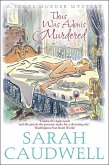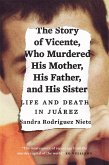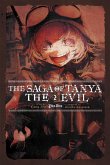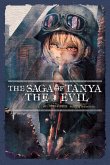People like to read a thrilling story, whether it is based on facts or fiction. This is a story of a widow who was relatively wealthy and had made many enemies. (Her immediate members of the family and also a close relation: the defendant who became obsessed with her, perhaps for her money or for her love!) Having studied the history of the victim and the overwhelming circumstantial evidence, the prosecution was adamant it was the defendant who had the motive to murder Tanya and then burn her to destroy the evidence. The jury trial took place in the Casterbridge Crown Court in London and it was presented by the crown to the jury as a premeditated murder. The one who committed the murder in this case not only planned to destroy the dead body of the victim but also to destroy the evidence by incineration with petrol. The evidence which made a critical difference in this case was the blood appearing on the under-trouser of the defendant. Was the defendant adequately questioned by the investigating officer about this blood stain at the time of his arrest? The crown failed to make an application at the trial to obtain permission from the court to analyse this crucial evidence (to exclude the possibility that it was not menstrual blood of the victim) when it was presented by the defence as menstrual blood of the victim. CPS failed to instruct experts to make this analysis of the blood stain even after the trial so that they could make an application to re-open the crown's case on the basis of new evidence. Jury trials are not always a perfect system, despite the fact that system is adopted by almost all the countries which were once were a part of the British Empire. It depends on the experience of the respective lawyers to present their cases either for the prosecution or for the defence. It is now up to the readers to evaluate the evidence presented by the crown against the defendant.
Bitte wählen Sie Ihr Anliegen aus.
Rechnungen
Retourenschein anfordern
Bestellstatus
Storno

